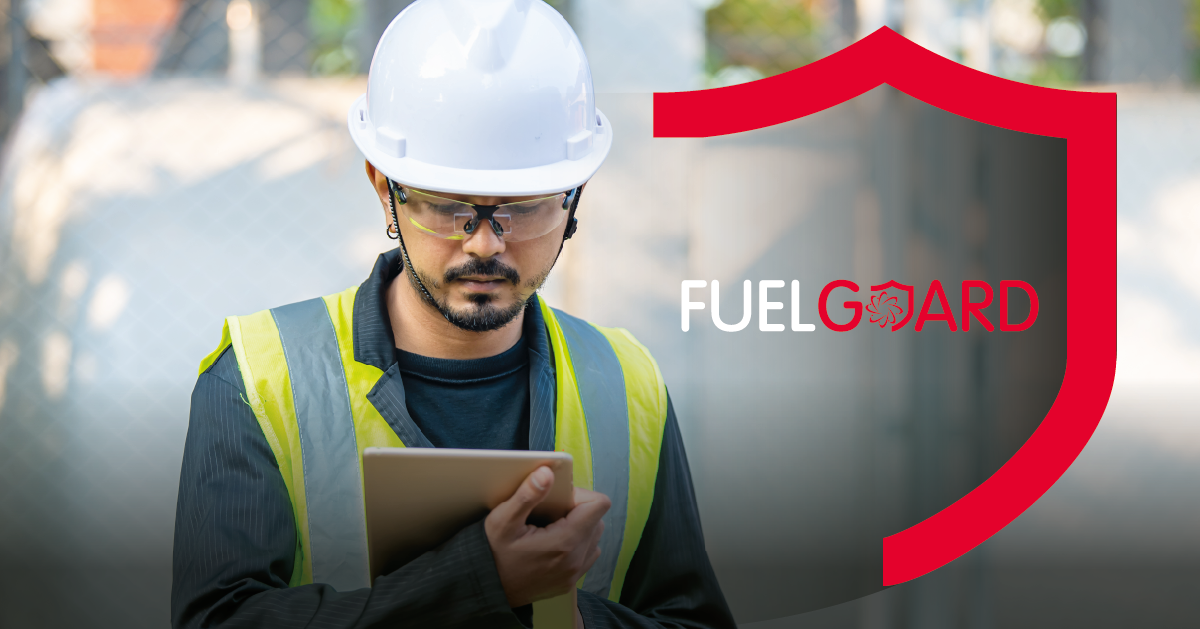
Manual Vs Automatic Tank Gauge Systems
Many companies struggle with tank gauging because they use outdated equipment, which can result in unreliable operations, inefficient routines, and high operational costs.
However, modern tank gauging systems can solve these issues for an improved performance and profitability outcome.
That said, below we will be outlining the difference between the two most common tank gauging methods, being manual and automatic.
Why’s It Important To Choose The Right Tank Gauging System?
If you own a forecourt or have large tanks that require constant management and maintenance, then it’s important to select the right tank gauge for you.
This is because the correct system will provide accurate and reliable measurements of the level of liquid in a tank. Accurate measurements are important for a variety of reasons, including:
- Safety
- Efficiency
- Cost savings
- Quality control
Overall, ensuring you have up to date, compliant systems that help streamline your processes can make a big difference for your operations and trust me, we know!
We have worked with many companies around the country upgrading their systems to ensure they are getting the most out of their tank monitoring with full flexibility in mind.
But what’s the difference between manual and automatic tank gauge systems you say? Well, we can elaborate!
Manual Tank Gauge System
Manual tank gauging can only be used on tanks up to 2,000 gallons as a maximum and there are two manual methods which tank owners use which include:
Method 1 – Using a dipstick to gauge tanks which requires someone to climb on top of the tank and drop one end of the stick down to the tank and check the liquid level and/or height. This method is fairly simple and straightforward but is not too reliable.
The downfalls include:
- Accuracy – The person using the stick could easily make a mistake.
- Safety Risks – The person could fall off or into the tank, inhale gases, or fall down the stairs leading up to the top of the tank.
Method 2 - Installing a gauge that can be read from the tank’s exterior, and at eye level so anyone can see the tank level at any time. This method does require the person to record the level information at the tank battery, so this is a safer option than using a stick, but also not very reliable.
The downfalls include:
- Accuracy – The outside gauges can get stuck or broken if they are rarely re-calibrated.
- Reliability – The person could record the wrong number, misread the gauge, and have difficult handwriting to read.
Overall, both of these manual tank gauging systems can have several disadvantages that have an effect on a company’s functions and combined, you may see the following drawbacks:
- Slow – The tank level information and data are slow getting back to the decision maker.
- Limited Application – There is limited use of manual applications for above ground tanks and they cannot be utilised in underground tanks.
- Limited Data – There are no temperature readings, exact date and time, driver ID, leak detection, accurate high and low level alarm recordings, plus data can be falsified or missing via skimming, theft, etc.
If you experience these issues and are looking for a trusted tank gauging partner, then get in touch with our team who will be able to give you specialised advice and support on your tank gauging systems and select a manageable solution for you. Contact us here.
Automatic Tank Gauge System
As you may know, using an Automatic Tank Gauge has replaced manual dip-stick measuring as the preferred inventory control solution for fuel with underground fuel storage tanks.
Automatic Tank Gauge Systems play an important role in a company’s administration work, which enables you to determine these primary functions:
- Inventory control and measurement.
- Leak detection.
- Compliance tracking.
- Flow rate monitoring.
A single Automatic Tank Gauge panel can be connected to probes and electric line leak detectors across multiple tanks to manage an entire fuel site’s inventory. The tank probes accurately measure the amount and temperature of any fuel or water in a tank and report it back to the automatic tank gauging system.
So, if you are looking to improve your efficiencies and look for a more accurate way of working, automatic tank gauges can…
- Allow highly accurate level measurements and overfill prevention.
- Provide precise average temperature and free water level measurements.
- Enable real-time density and mass calculations in addition to net volume.
- Include field display, communication devices, switches, and cabinets for a complete system.
How We Can Help You
At FuelGuard, we pride ourselves on our extensive range of remote cloud monitoring tank gauge systems, all of which have been designed with accuracy, reliability, and durability in mind.
Our available products include TLS-450PLUS, TLS-4B, TLS-450 and TLS-350, so if you have any questions about our range and want to find out more, please do not hesitate to contact us or explore our product types here.
